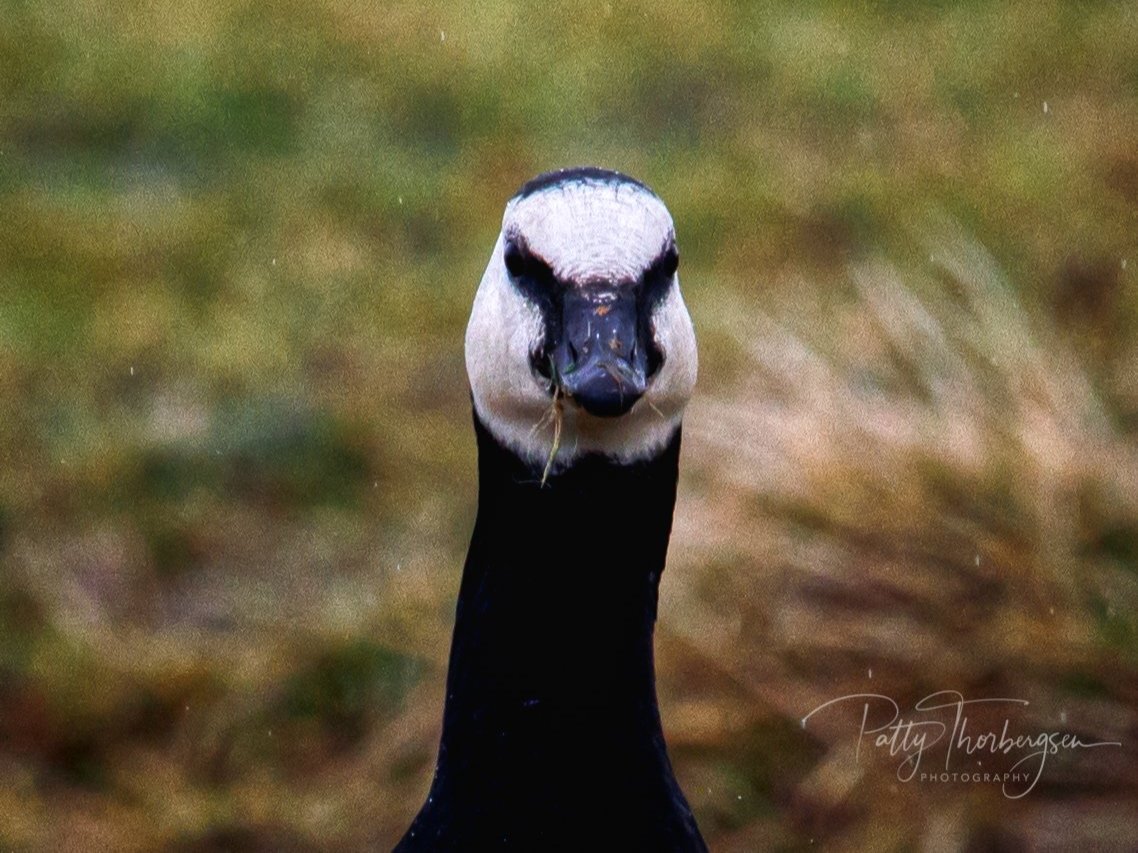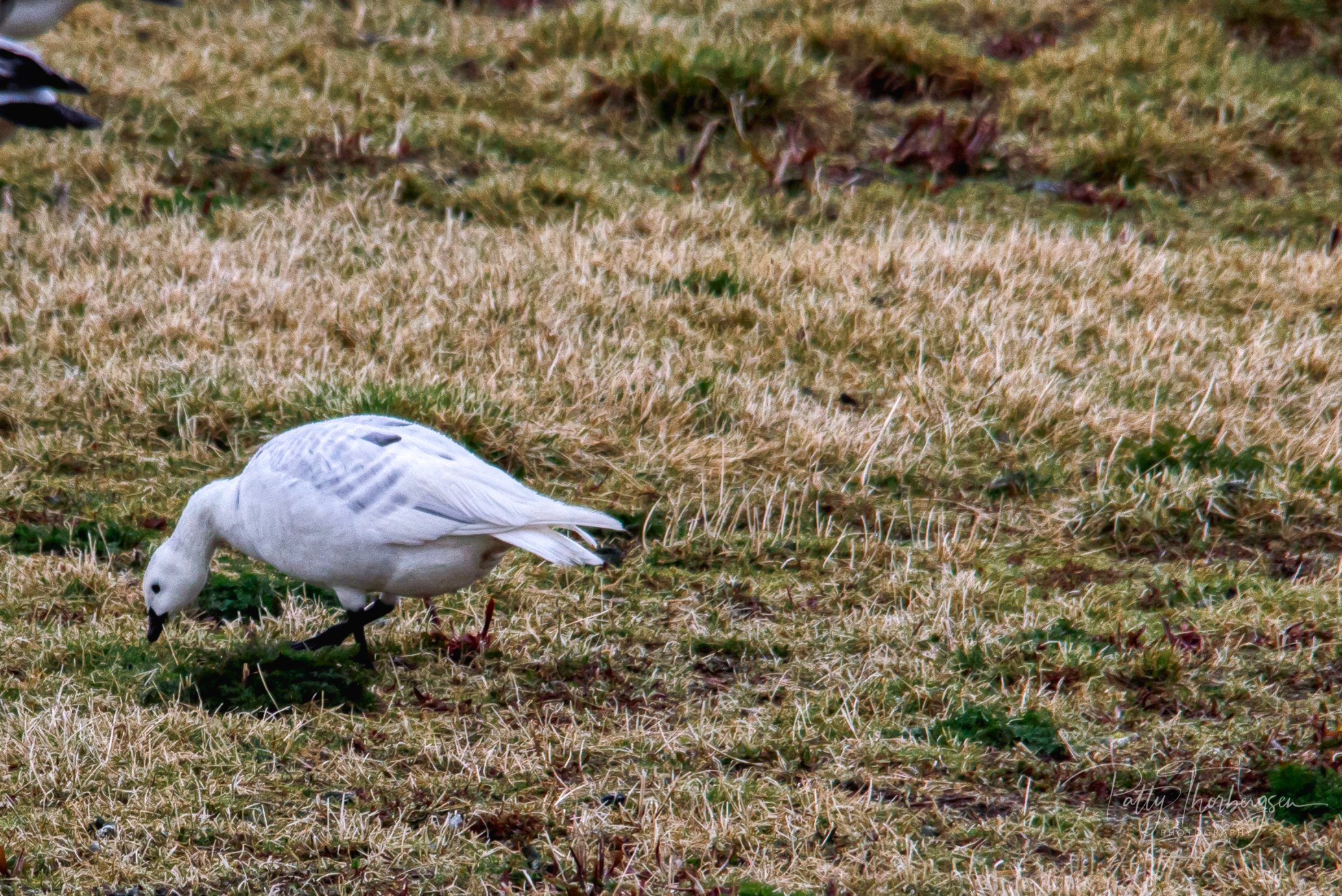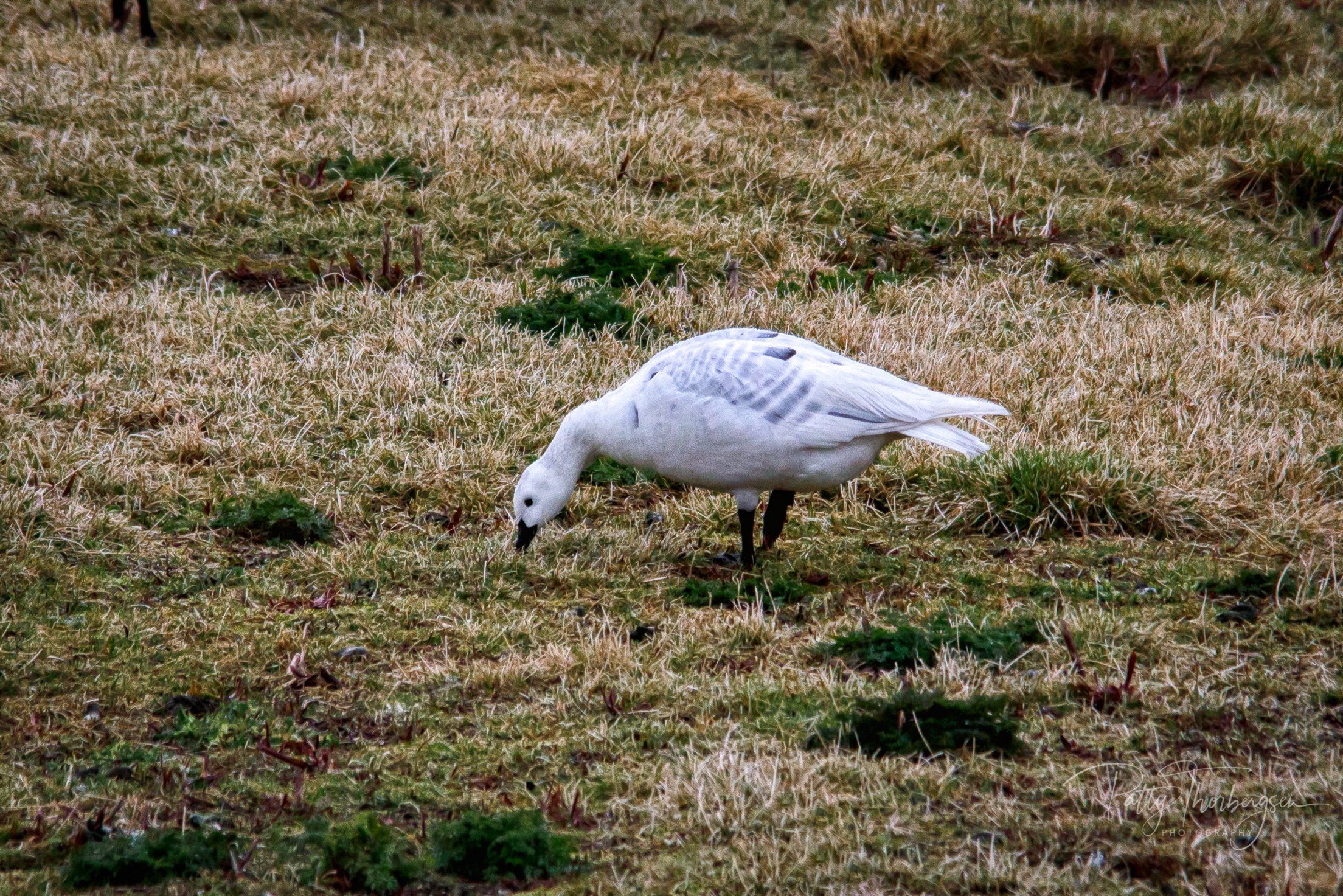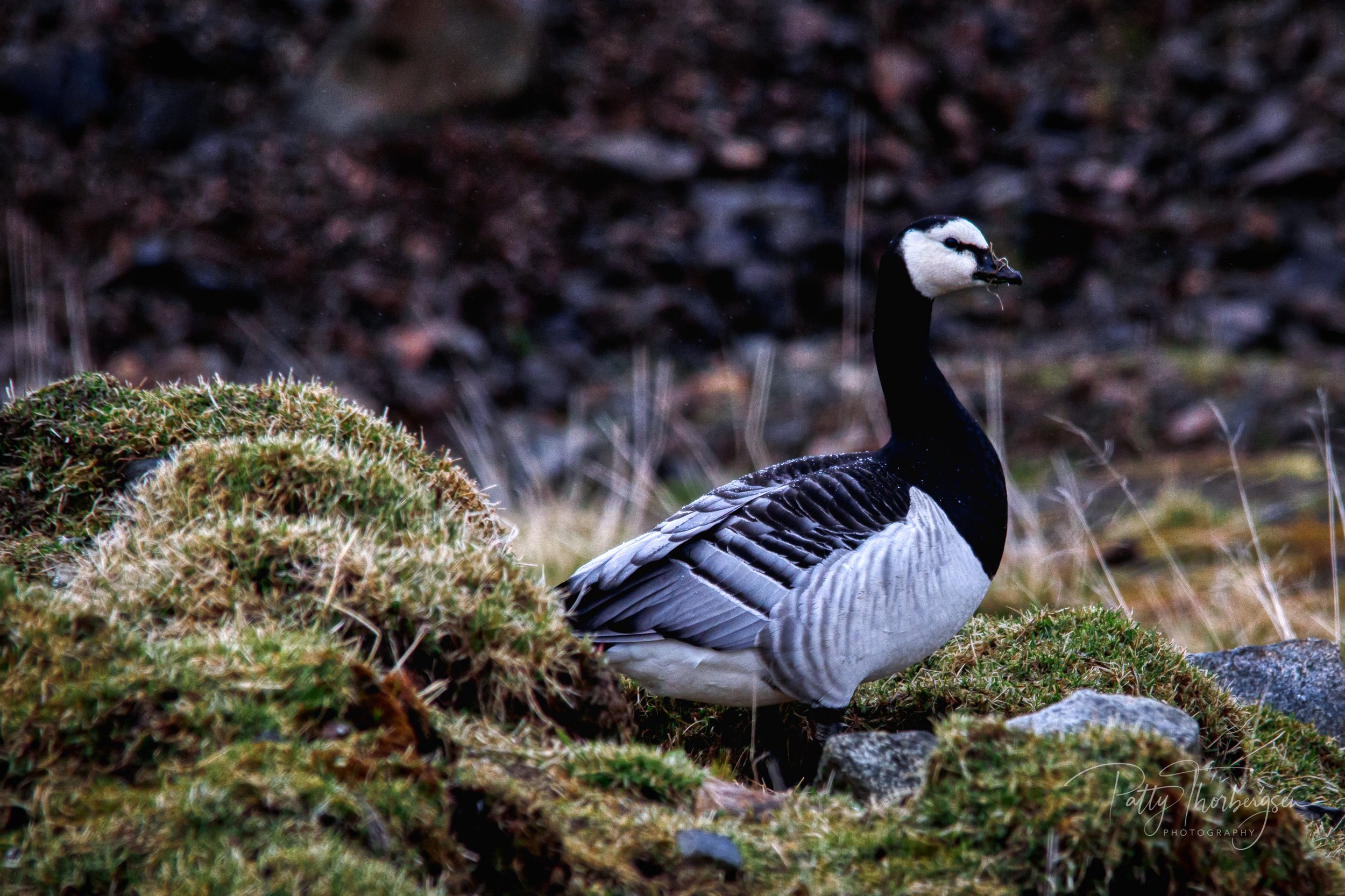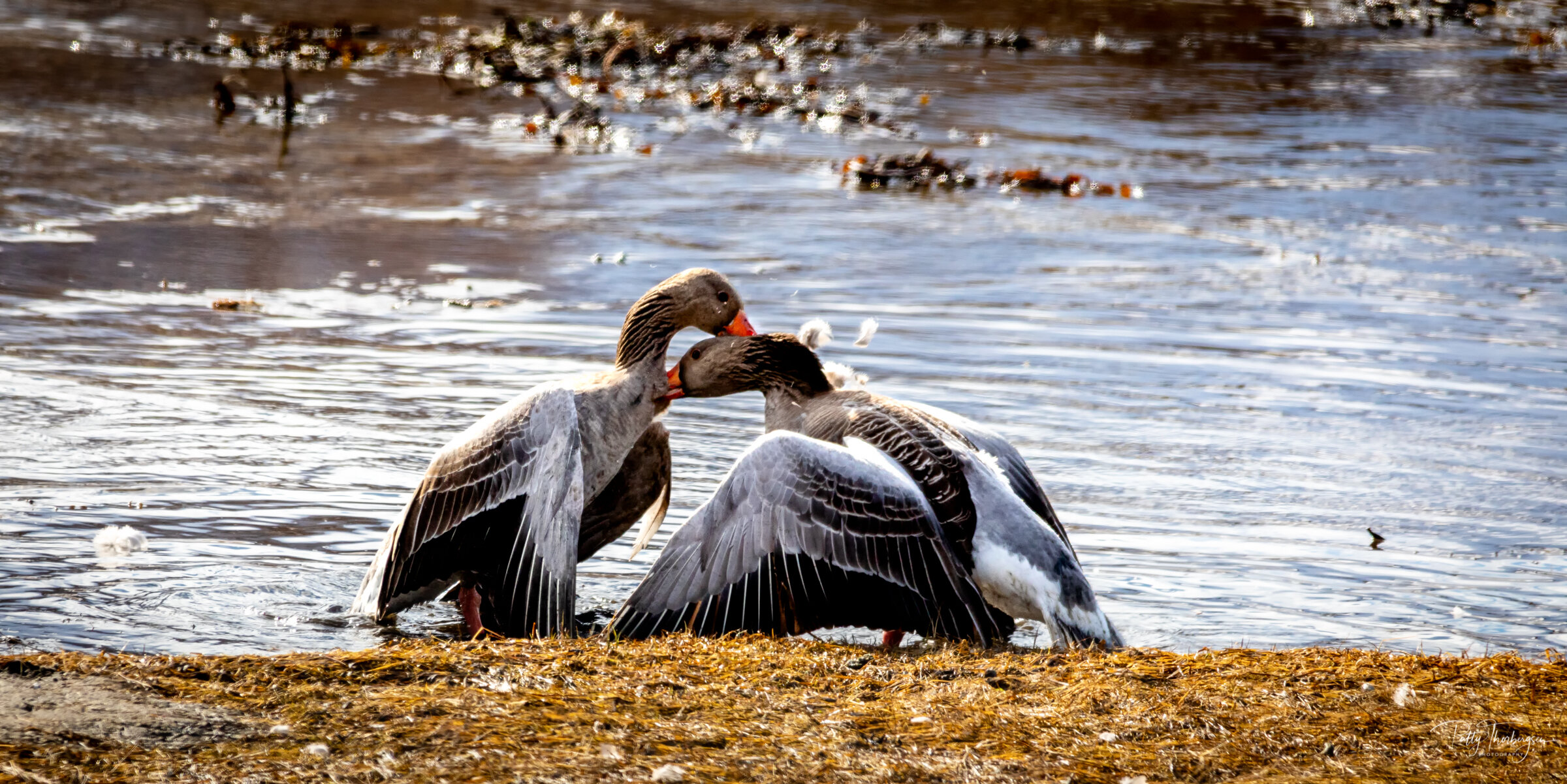The barnacle goose (Branta leucopsis) is a species of goose that belongs to the genus Branta of black geese, which contains species with largely black plumage, distinguishing them from the grey Anser species.
The barnacle goose is a medium-sized goose, 55–70 cm (22–28 in) long, with a wingspan of 130–145 cm (51–57 in) and a body mass of 1.21–2.23 kg (2.7–4.9 lb). It has a white face and black head, neck, and upper breast. Its belly is white. The wings and its back are silver-gray with black-and-white bars that look like they are shining when the light reflects on it. During flight, a V-shaped white rump patch and the silver-gray underwing linings are visible.
Barnacle geese breed mainly on the Arctic islands of the North Atlantic. There are three main populations, with separate breeding and wintering ranges - from west to east:
Breeding in eastern Greenland, wintering on the Hebrides of western Scotland and in western Ireland, population about 40,000
Breeding in southeast and northwest Iceland, population about 1000
Breeding on Svalbard, Norway, wintering on the Solway Firth on the England/Scotland border, population about 24,000
Breeding on Novaya Zemlya, Russia, wintering in the Netherlands, population about 130,000
A recent population, derived from the Novaya Zemlya population, has become established since 1975 breeding on the islands and coasts of the Baltic Sea (Estonia, Finland, Denmark, and Sweden), and wintering in the Netherlands and Germany. Its population numbers about 8,000.
